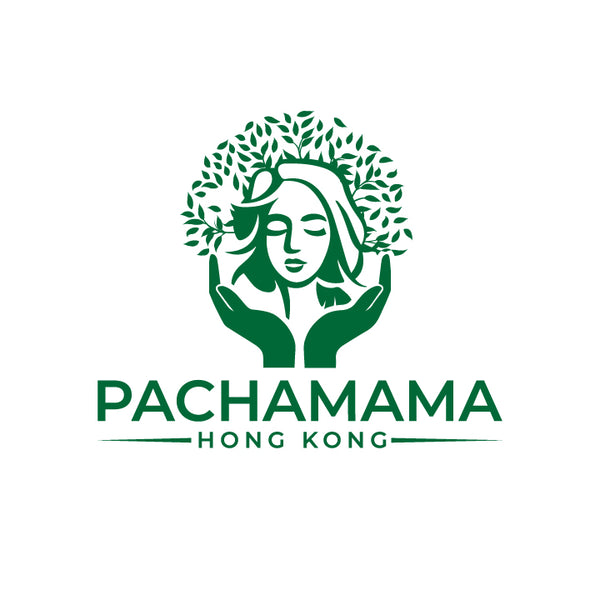Good Cholesterol (HDL - High-Density Lipoprotein):
Role: High-density lipoprotein (HDL) is often referred to as "good" cholesterol because it helps remove excess cholesterol from the bloodstream and transports it to the liver for processing and elimination.
Beneficial Effects: Higher levels of HDL are associated with a lower risk of heart disease and stroke. HDL helps maintain the health of blood vessels.
Examples of Foods that Increase HDL:
-Fatty fish like salmon, mackerel, and sardines.
-Nuts, particularly almonds and walnuts.
-Olive oil, especially extra virgin olive oil.
-Avocados.
-Legumes such as lentils and beans.
-Whole grains like oats and barley.
-Foods rich in soluble fiber, like fruits and vegetables.
Bad Cholesterol (LDL - Low-Density Lipoprotein):
Role: Low-density lipoprotein (LDL) is often referred to as "bad" cholesterol because high levels can lead to the buildup of cholesterol in arteries, forming plaques that narrow and block blood vessels.
Harmful Effects: Elevated LDL levels are a major risk factor for cardiovascular diseases, including heart attacks and strokes.
Examples of Foods that Increase LDL:
-Saturated fats found in red meat, full-fat dairy products (butter, cheese), and processed foods.
-Trans fats often found in fried and processed foods, as well as some margarines.
-Foods high in dietary cholesterol, like egg yolks and organ meats
Remember that individual responses to dietary choices can vary, and genetics also play a role in cholesterol levels.

